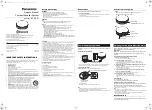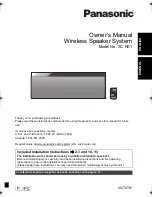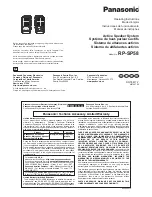
5.3.18 Configuring STP and RSTP
STP/RSTP → RSTP Settings
Figure 5.3.18.1 Ring topology
To ensure the protection of communication channels from a single failure, they
must be backed up. Reservation inevitably leads to the emergence of ring sections of
the network – closed routes. The Ethernet standard provides for a tree topology only
and does not allow ring-type topologies, as this leads to looping of packets.
PSW switches support Spanning Tree Protocol (STP, IEEE 802.1d), which
allows to create ring routes in Ethernet networks. STP continuously analyzes the
network configuration and automatically builds a tree topology, transferring
redundant communication lines to the reserve. In case of a violation of the integrity
of the network constructed in this way (for example, a break in the optics), STP
includes the necessary backup lines in a few seconds and restores the tree structure of
the network.
In addition, PSW switches include a more powerful version of this protocol –
Rapid Spanning Tree Protocol (RSTP, IEEE 802.1w), which allows to reduce
network rebuild time to several milliseconds. When using RSTP, a break in the optics
results in a short-term fading of the picture from the video camera (less than 1
second), followed by the restoration of normal operation.
It's important to remember, that IEEE802.w Standard
does not recommend to
include more than 7 switches into a single ring
with standard parameters of RSTP
protocol.
Configuring RSTP
To simplify the configuration process, most parameters are hidden. In general, you do
not need to change all the variables. All you need to do is to enable RSTP and specify
















































